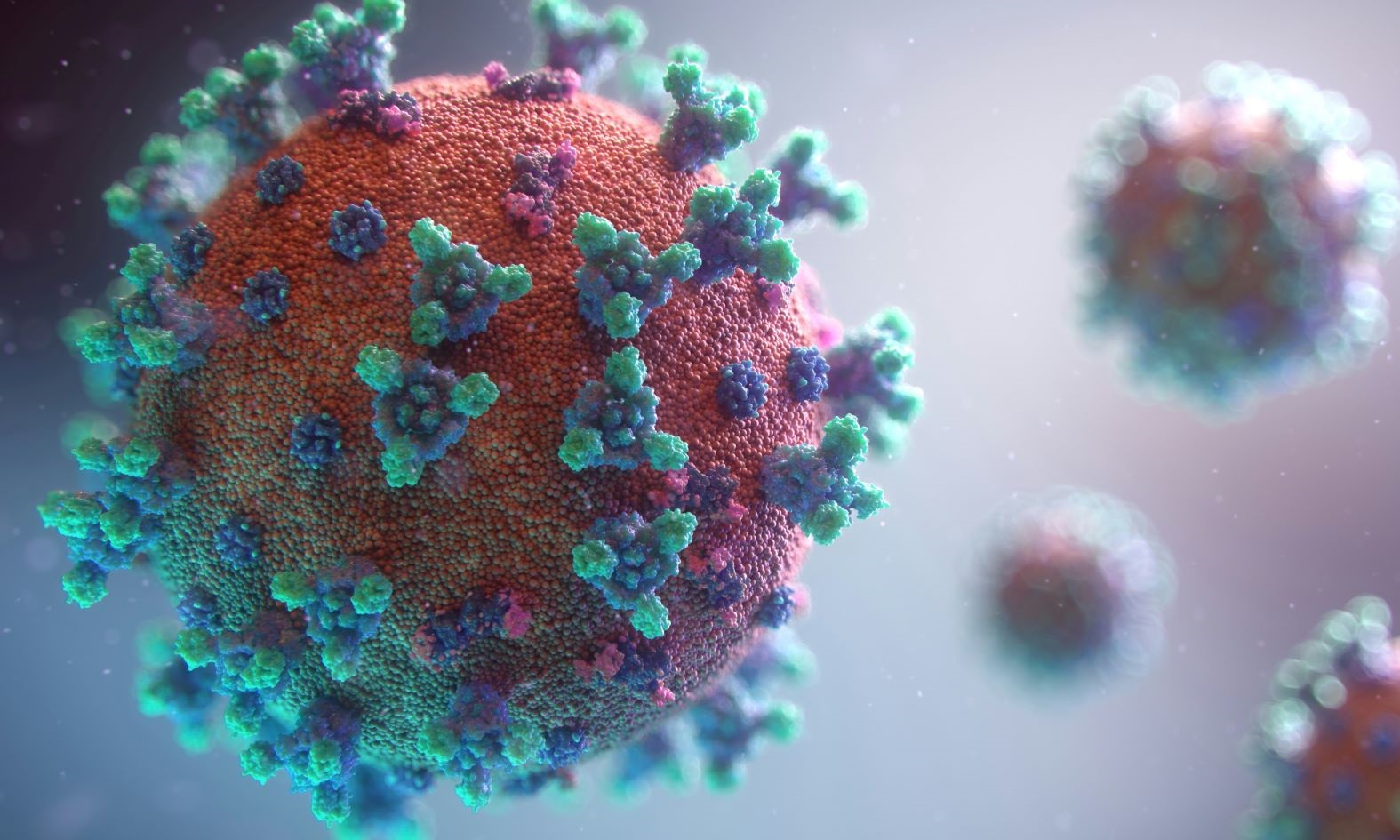Chemotherapy is powerful cancer medication – but it can also be a very challenging treatment. It works by killing fast-growing cancer cells but kills healthy cells too, so it’s important to know how to care for your body during and after therapy.
Author
Justin Stebbing
Professor of Biomedical Sciences, Anglia Ruskin University
Some of has the potential of chemotherapy drugs. These drugs can have different side-effects that vary in severity from person to person. Some can be temporary, others longer lasting.
Common issues such as hair loss, nausea and vomiting, skin problems and tiredness can seriously affect the quality of life of some patients. With proper care and support, though, .
One thing I have learned from seeing patients, as well as , is that people living with cancer are often willing to endure lots of side-effects in the hope of extending their quantity and quality of life. It’s essential to fully inform patients and their families, and to give them the right information.
Exercise and for maintaining overall wellbeing during chemo. that exercise can help reduce fatigue, improve physical function, enhance quality of life for cancer patients undergoing treatment – and even help .
Based on a , it’s to aim for low- to moderate-intensity activities, starting with short sessions before , and to include both aerobic exercises and .
It’s also to try to avoid losing or gaining weight during chemotherapy. found that 40%-80% of cancer patients will experience malnutrition at some point during treatment, so maintaining a good diet is vital for recovery. Proper nutrition supports the body’s healing processes and side-effects. can help maintain strength, prevent muscle loss, and support the immune system.
Skin care
Chemotherapy can cause skin-related side-effects including dryness, sensitivity and increased risk of infections. is essential to maintain comfort and prevent complications such as dry or cracked skin.
include using gentle hypoallergenic cleansers, applying moisturisers regularly and within three minutes of bathing, avoiding very hot water when cleansing to prevent drying out the skin further, using fragrance-free products to reduce irritation, and practising for any skin injuries to avoid infection.
Some chemotherapy drugs can cause a condition called , which includes redness, swelling, tingling, and cracking of skin on the hands and feet. Sometimes, the drug dose will need to be reduced, or even .
There is now a blood test to identify an uncommon DNA gene change that can lead some patients to experience greater effects of from chemotherapy. The test helps warn doctors in advance, so alternative treatments can be offered.
Managing side-effects
Because chemotherapy drugs affect more quickly dividing cells, hair loss can be common – but can help. Usually worn for around 15 minutes before each chemotherapy treatment, a cold cap can limit the amount of chemotherapy drugs that reach the hair follicles, helping to prevent hair loss.
Other of chemotherapy include nausea, fatigue, and peripheral neuropathy (nerve damage). Working closely with your healthcare team to manage these symptoms is crucial for maintaining quality of life during treatment.
Strategies for side-effect management include using the prescribed anti-nausea medications as directed, and practising to combat fatigue.
It’s important to focus on the goal of treatment. Some drugs can have unique and it’s understandable that people are scared when they read these. But while all drugs have side-effects, most are manageable.
For example, one of the biggest previous risks with chemotherapy is a , which can increase the risk of developing infections. But there are now medicines given after treatment that white cell production, so, thankfully, this side-effect is less common. The latest can also have side-effects, but these are usually manageable with steroids or breaks in treatment.
Post-chemo care
After completing chemotherapy, rebuilding one’s strength both physically and mentally is crucial. The of cancer treatment can be significant, and it’s important to acknowledge feelings of sadness, uncertainty or anger as normal parts of the recovery process. There are support groups and available to help address any emotional challenges.
Some patients have benefited from practising or relaxation techniques to manage stress and anxiety. It’s important, though, to be aware of signs of and seek professional help if needed.
Usually, having a clear post-chemotherapy plan helps enormously with recovery.
For many people, transitioning back to normal routines can be challenging. If possible, return to work or daily activities gradually, setting realistic expectations to allow time for full recovery. Communicate openly with employers or family about your needs.
Recovery after chemotherapy requires patience and self-compassion. Each person’s experience is unique, and it’s important to work closely with your healthcare team to develop a personalised post-chemotherapy care plan that addresses any specific needs and concerns.
And remember: everyone should undergo recommended tests and screenings, whether they’re undergoing cancer treatment or not.
![]()








